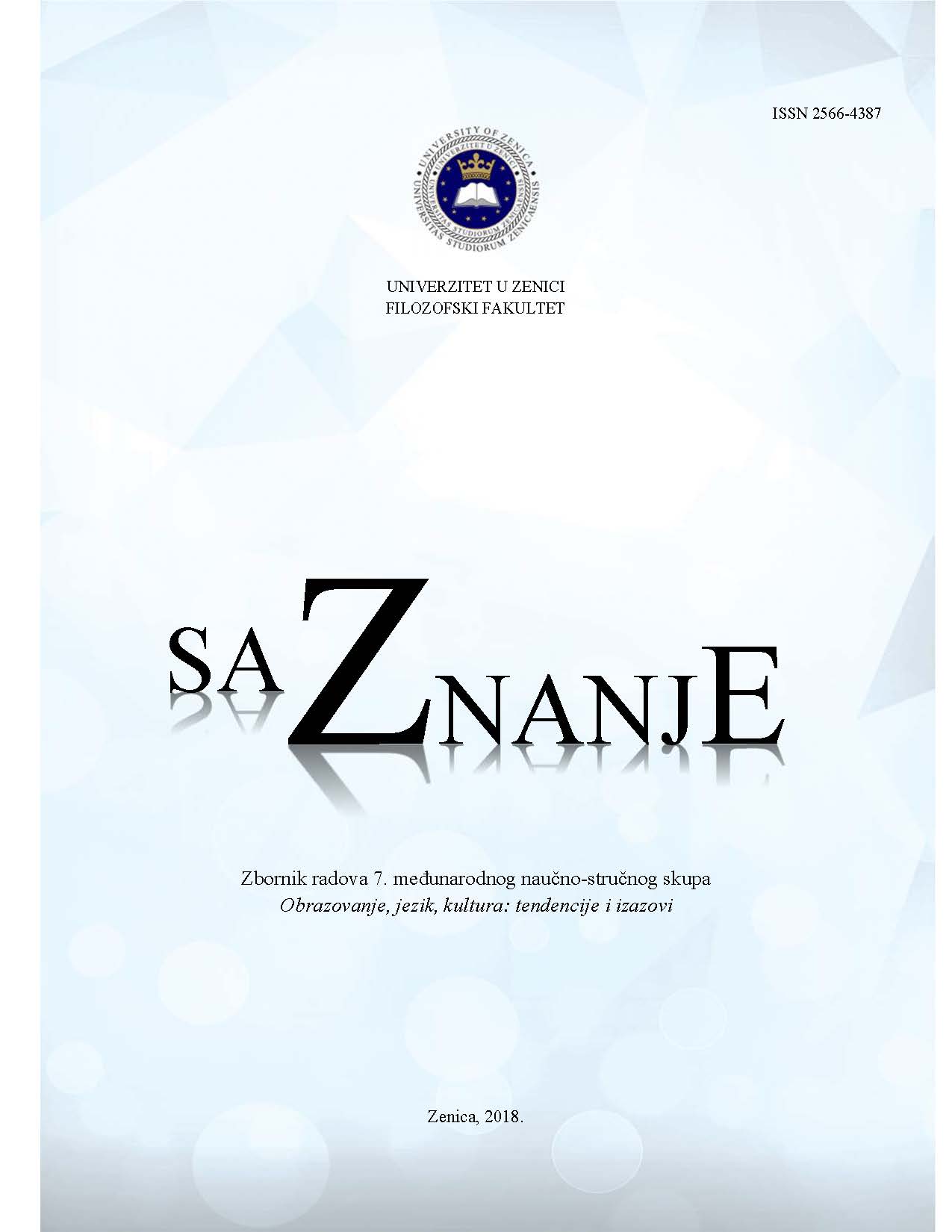POGLED U BUDUĆNOST – JURAJ NEIDHARDT I VIZIJA URBANISTIČKOG RAZVOJA ZENICE
A LOOK INTO THE FUTURE – JURAJ NEIDHARDT AND THE VISION OF URBAN DEVELOPMENT OF ZENICA
Author(s): Mirza DžananovićSubject(s): History, Local History / Microhistory
Published by: Filozofski fakultet, Univerzitet u Zenici
Keywords: Zenica; Juraj Neidhardt; Architecture; Bosnian style; Urbanism;
Summary/Abstract: Bosnia and Herzegovina experienced a cultural-civilization transition from the Oriental- Balkan cultural circle to the Central European cultural circle in the period of Austro-Hungarian occupation. This is noticed particularly at the micro-historical level, especially in the physiognomic and character changes in some specific cities as well as in the lifestyle of Bosnian-Herzegovinian people. Zenica represents a phenomenal instance of the transition, given that in a short time span, it experienced a transformation from the somnolent Ottoman village of local significance to an important industrial center of the entire Bosnia and Herzegovina and beyond. It is often forgotten that Zenica is one of the first, and hence the oldest industrial cities in Bosnia and Herzegovina, that experienced an intense urban development throughout the entire 20th century, and especially in the aftermath of the World War II. It was right at the time that the urban development of Zenica is planned for the first time. Such a planning resulted in the formation of Zenica into a modern European city with numerous unique examples of the architectual herritage of the 20th century. The crucial importance to the urban molding of Zenica in the period after the World War II is given to the architect of the worldwide reputation, Le Corbusier's student and academician, Juraj Neidhardt. The relation between the city of Zenica and Juraj Neidhardt was established even before the war, and it especially became prominent in the first decades after the end of conflict, when Zenica went through the most tempestuous period of its development. It was in this particular city that Neidhardt began with his pioneer work on establishing autochthonous Bosnian architectual style. Such a style was characterized by the composition of traditional and modern elements in aesthetic and functional building design. As a result, there are many important facilities in Zenica that are preserved even to this day. Some of them include the unique workers' „A-Settlement“, the Municipal Committee building, the Metalurg Hotel, Industry High School, and a number of residential and other facilities. Nevertheless, the first Urban Plan of the city created by Juraj Neidhardt in 1955. represents the strongest connection between the city and the architect Neidhardt himself. Thus, the Urban Plan of 1955 struck the foundations and determined the directions to the future development of Zenica. The influence of this Urban Plan can be recognized and observed even today.
Journal: saZnanje
- Issue Year: 1/2018
- Issue No: 1
- Page Range: 691-701
- Page Count: 11
- Language: Bosnian

